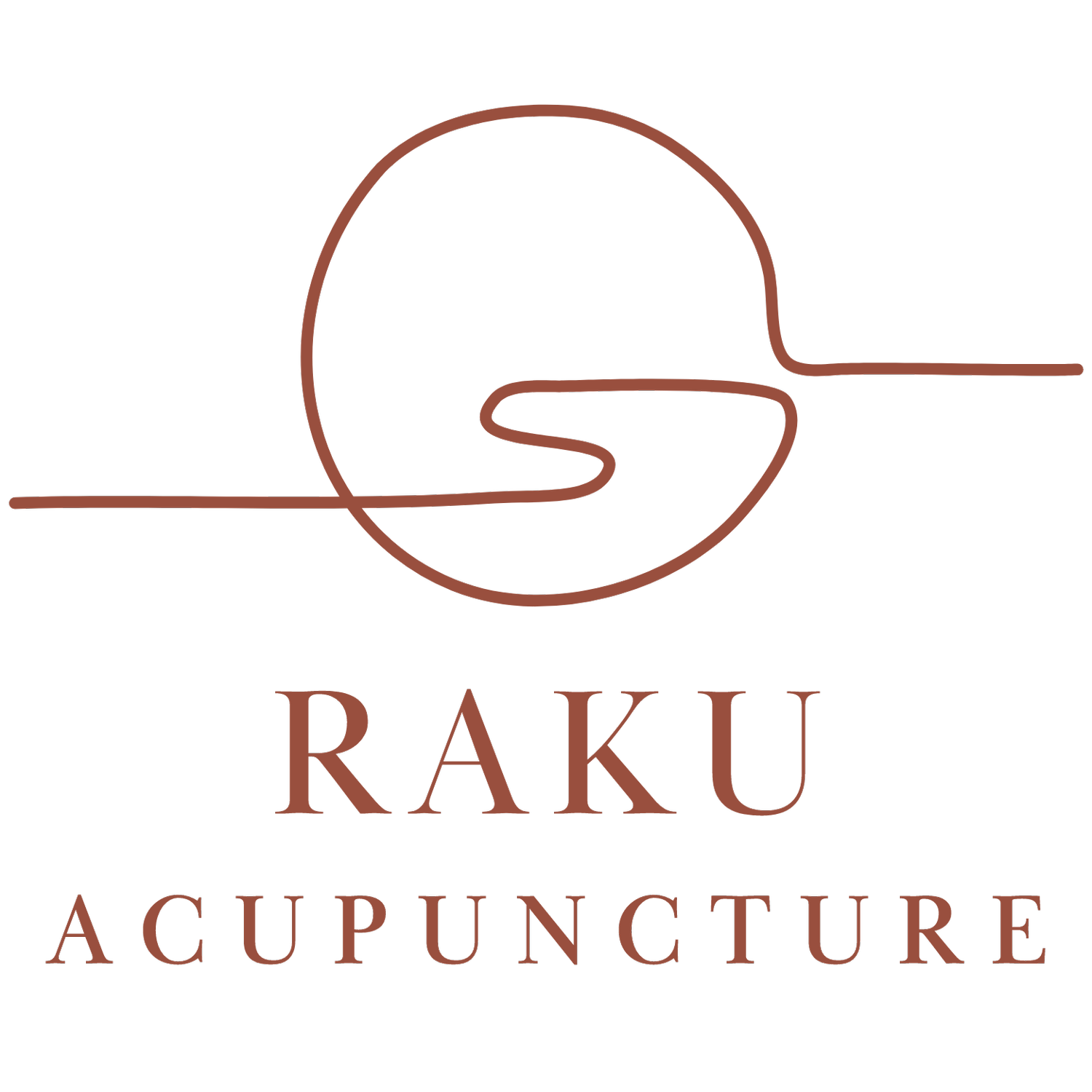PMS versus PMDD
We have all heard of PMS or premenstrual syndrome. Some of us have been shamed for it (are you getting your period soon?). Some of us experience it and some of us dread it.
Symptoms of PMS can often include breast tenderness, insomnia, mood changes, acne, and irritability to name a few. People have told me, I get weepy. I get mean. My boobs hurt to touch so much that I can’t even wear a bra. The list goes on and it can really look different for every person with a cycle. Most of us know though that this is not fun to experience and it can often be a relief when we do get our period!
But, what is this thing called PMDD?
PMDD stands for Premenstrual Dysphoric Disorder. PMS and PMDD are similar in their root. Both PMS and PMDD happen during the luteal phase of the cycle. This is because when we switch from the follicular phase (the first part of our cycle) to the luteal phase (the second part of the cycle) there is a large hormonal shift that happens in this window. It is this hormonal shift that correlates to the PMS and PMDD symptoms. There are other times in our lives when hormonal shifts can change our moods, experiences and daily life- like postpartum. Most of us are aware that the postpartum phase can be extremely challenging and difficult. It is largely attributed to these large hormonal shifts (you were pregnant and suddenly you are not!)
For those of us with a cycle, this means that our hormones are shifting constantly. Estrogen is in the lead with FSH (follicular stimulating hormone) for the first half of the cycle. Progesterone comes in with LH (Lutening hormone) for the second half. These shifts are informed by our bodies internal processes. There is a lot going on that makes these shifts possible! And what that means is that there is a lot that can go wrong as well! We have all had those cycles where the PMS symptoms were extreme, worse, and downright confusing. You ask, why am I acting this way? Why have I struggled so much this month? Then your period comes.
While PMDD has similar symptoms to PMS, the severity is wildly more extreme. There can be serious dysregulation to daily life with PMDD symptoms and experiences. There needs to be an experience of extreme symptoms for at least 5 menstrual cycles in the year to be diagnosed with PMDD- meaning you need to experience these extreme symptoms for at least 5 cycles. PMDD is also commonly treated with SSRIs (commonly used for depression and anxiety) and birth control in the western medical world.
What I can say is that acupuncture can help with both PMS and PMDD symptoms. Acupuncture has been shown to benefit hormonal imbalances and ease both PMDD and PMS. It can be exhausting to experience these things on your own. While the western world has been scrambling with it’s ingrained misogyny and not looking fully at women’s health concerns, acupuncture has been quietly chugging away at treating the whole person, not just the symptoms. Acupuncturists have been churning out research articles about PMDD and PMS. You can further explore them here and here.
Book an appointment with me by clicking here.
Acupuncture offers a holistic and natural solution to supporting your fertility & reproductive health as well as pregnancy & postpartum support.
If you’re ready to experience the benefits of acupuncture for yourself, schedule an appointment today.
Raku Acupuncture
(720) 230-3225 | micaela@rakuacu.com
Proudly serving Doylestown, Bucks County, PA. Located near Chalfont, New Britain, Solebury, Perkasie, Newtown, Yardley, New Hope, and Lambertville.
Disclaimer: This article is not intended for the purpose of providing medical advice. All information, content and material is for informational purposes only and is not intended to serve as a substitute for consultation, diagnosis, and/or medical treatment.
